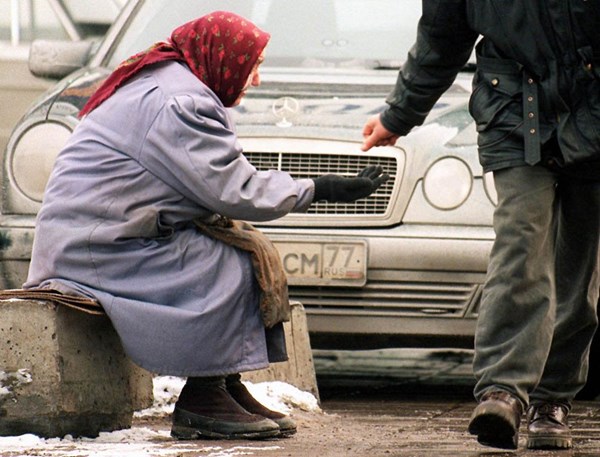Russian economy faces mounting challenges amid rising military spending and banking instability
In a stark address at Sberbank's annual shareholders meeting on June 30, German Gref, the head of Russia's largest bank, painted a bleak picture of the Russian economy's future. The country is grappling with a rapid surge in military spending, inflation spikes, and a significant hike in the central bank's key rate, hindering quick economic fixes. The forecast for 2026 doesn't offer much solace either, with expectations of continued challenges.
"The situation heavily hinges on geopolitics, GDP growth dynamics, and the Central Bank's interest rates. But it's already clear that the year will not be easy since the first half of 2026 is at least notably uncertain now," Gref remarked, as quoted by RBC.
Sberbank is witnessing "deteriorating credit portfolio quality" and increasing requests for debt restructuring, affecting both individual and corporate clients, Gref acknowledged. He remains hopeful, however, saying, "Hopefully, as always, we will find common plans to navigate these challenging times."
Behind closed doors, Russian bankers express concern that the nation might face a full-blown banking crisis within the next 12 months due to rising loan defaults, Bloomberg reports, citing bank executives. Insiders estimate the scale of this financial headache to be in the trillions of rubles.
The macroeconomic analysis and forecasting center, CMASF, linked to the government, predicts that companies making up 17% of the economy's revenue are at risk. Sectors under financial stress include the fishing and mining industries, particularly coal, clothing and leather goods manufacturing, automotive production and trade, oil refining, construction, water transport, and postal services.
Inter-business payment delays are on the rise as well. Between October last year and March this year, mutual payment defaults increased by 11.6%, with the manufacturing sector witnessing a nearly 40% jump—a historic high since the COVID-19 shock.
Many firms are nearing default, stated Alexander Shokhin, head of the Russian Union of Industrialists and Entrepreneurs, during the St. Petersburg International Economic Forum (SPIEF 2025).
Since Russia's conflict with Ukraine began, banks have extended 34 trillion rubles in new loans to corporations—equivalent to 17% of the nation’s GDP. As of June 1, total corporate debt to the banking system soared to 86.2 trillion rubles, marking a 65% increase since the start of 2022. Nearly half of this debt is attributed to 78 of Russia’s largest companies. Of these, one in six companies now has to allocate at least a third of their pre-tax income just to cover interest payments, and 8% of the debt belongs to firms that can't even generate enough to pay interest.
"Individual bankruptcies are possible," warned the Central Bank at the end of May. According to the ACRA rating agency, bank loans amounting to 3.7 trillion rubles—equivalent to 20% of the banking system's capital—could turn problematic.
